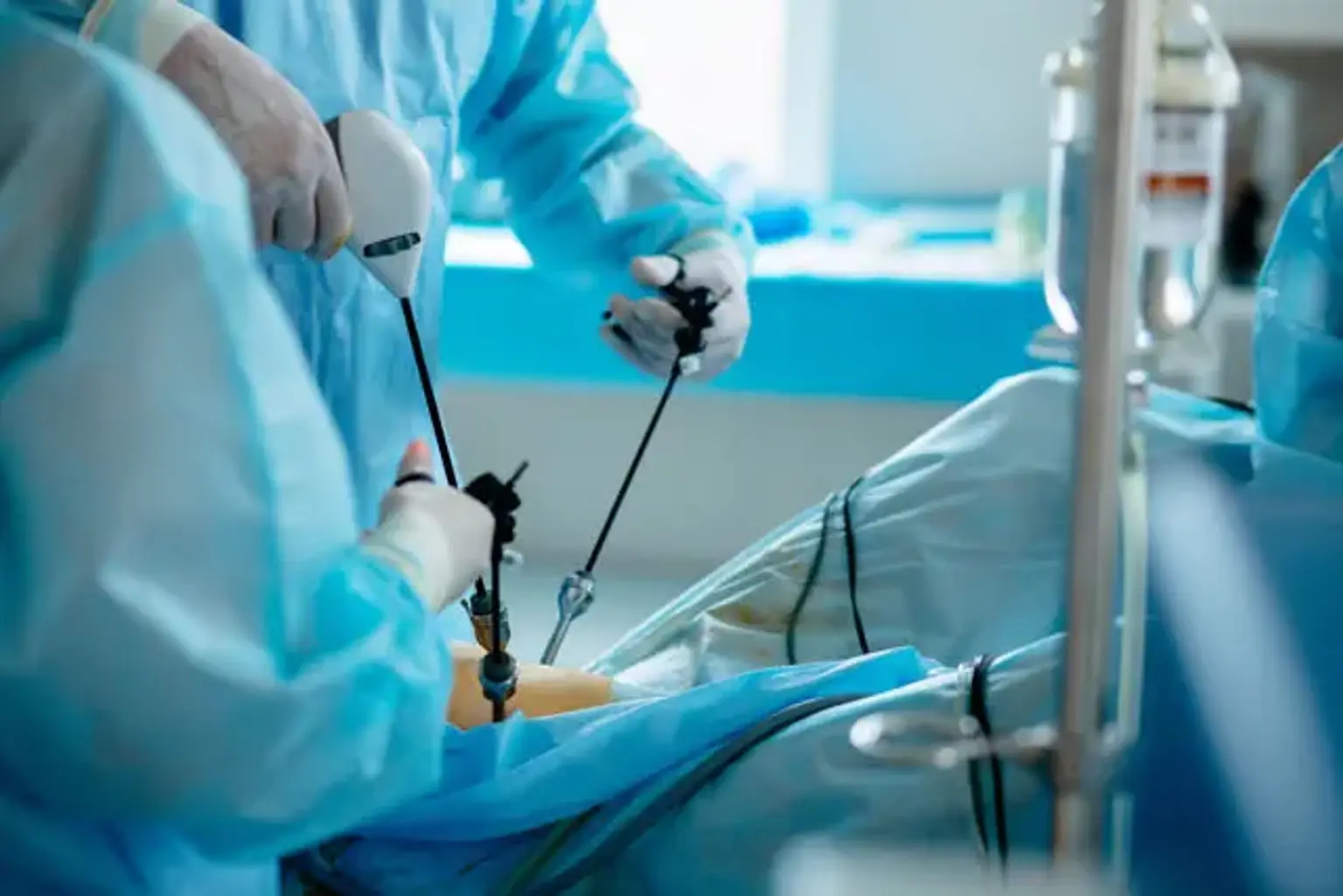Laparoscopic Surgery
Laparoscopic surgery, sometimes called diagnostic laparoscopy, refers to a surgical procedure that examines the body organs in the belly. It's basically a low-risk, minimally invasive technique that necessitates a few minor cuts. The laparoscopic process involves the use of a laparoscope to examine the abdominal organs.
The laparoscope is a long, narrow tube with a front-mounted high-intensity light as well as a high-resolution camera. The tool is inserted into the abdominal wall via an incision as the camera transmits photos to the monitor as it goes along.
The surgeon can look at the body organs in real-time with laparoscopic surgery, which eliminates the need for open surgery. During this process, he or she may also take biopsy samples.
